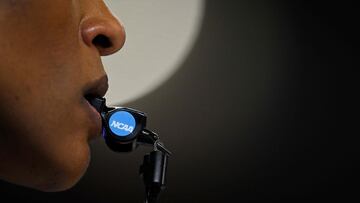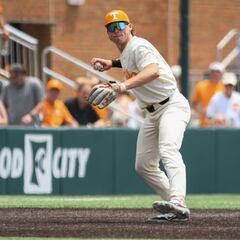When will universities in the five power conferences begin paying student athletes?
Following a landmark decision, the college sports terrain has been changed forever. The question that remains is when students will receive payments.


It’s now clear that college sports will never be the same, after the NCAA and the nation’s five biggest conferences agreed to a deal that will see a massive amount of funds paid out to a multitude of parties. Will this have an effect on the quality of collegiate sports as a whole? We can only wait and see.
What did the NCAA & the Big 5 just agree to and when does it start?
According to an official announcement on Thursday, the NCAA and the five biggest conferences in the nation agreed to pay almost $2.8 billion in settlements to a wide array of antitrust claims. Understandably, the decision will usher in a revenue-sharing structure that has never been seen before in collegiate sports, one which will put money directly into the pockets of student-athletes. As for specifics, by all indications the change to the current model could occur as soon as the 2025 fall semester.
Related stories
It is pertinent to note that the monumental move comes on the back of extensive debate about whether student-athletes should be allowed to earn money, something that was addressed in a joint statement from NCAA president Charlie Baker and the commissioners of the Atlantic Coast Conference, Big Ten, Big 12, Pac-12 and Southeastern Conference. Indeed, the collective referred to the move as “...An important step in the continuing reform of college sports that will provide benefits to student-athletes and provide clarity in college athletics across all divisions for years to come.”
“This is the most significant day in the history of the NCAA because the sham that the NCAA has always been, is over.” Paul Finebaum on Power 5 conferences agreeing to let schools pay players pic.twitter.com/63OT7OcIjF
— Awful Announcing (@awfulannouncing) May 24, 2024
Now, while no details have been released regarding the terms of the deal, what is clear is that the NCAA’s adherence to a model that was created in 1906 and treats student-athletes as amateurs, has finally come to an end. This is not to say that the writing wasn’t already on the wall with Name, Imagine, and Likeness (NIL) deals taking center stage in recent times. On the other hand, this step takes things to a new level wherein all students are eligible to receive money, not just those who are deemed most marketable. “There’s no question about it. It’s a huge quantum leap,” said Tom McMillen, the former Maryland basketball player and congressman who has led an association of collegiate athletic directors the past eight years. There is of course the very real concern as to what effect this will have on the overall calibre of student athletes. After all, isn’t it reasonable to believe that a collegiate player could be paid more money based on their appeal as a ‘brand’ and not just their contribution? Regardless, there is obviously no going back at this point, so as always, we can only wait and see.


Complete your personal details to comment